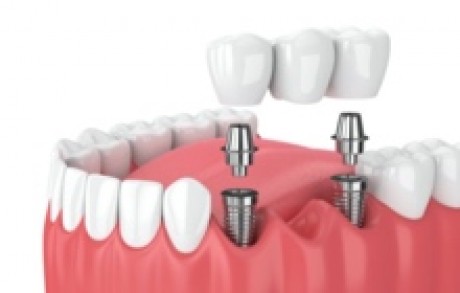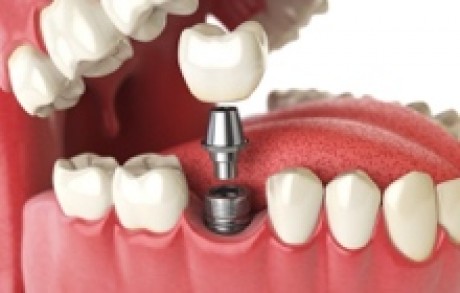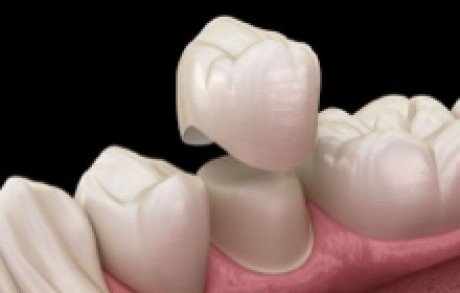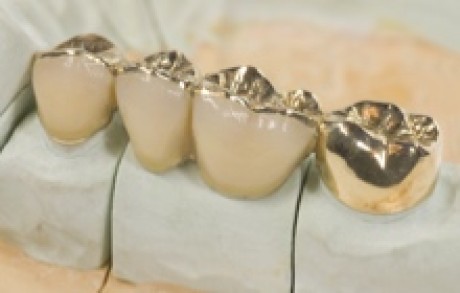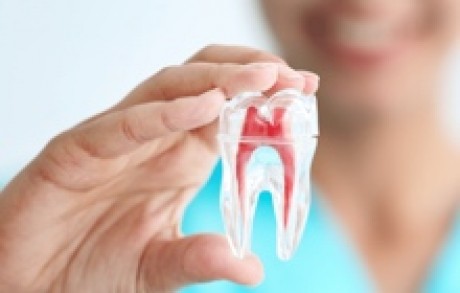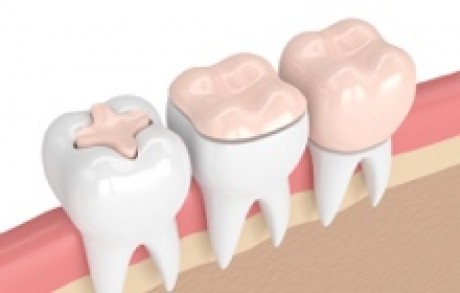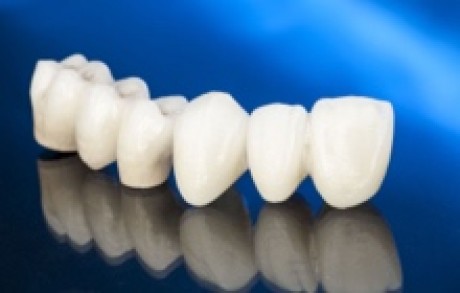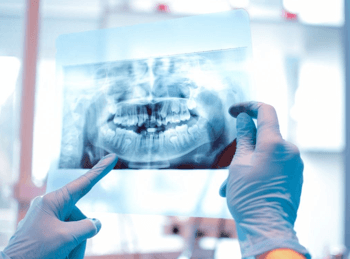Root canal treatment or endodontics therapy is normally justified when a tooth is infected or inflamed. The inflammation can result from disorder in the arteries leading to bad blood and mineral nutrition, periodontal disease or bacterial proliferation in the area or severe trauma or fracture. This Pulp may possibly be damaged or exposed so for these reasons root canal treatment is necessary when possible.
Root canal treatment or endodontic therapy is a sequence of treatments for the pulp of a tooth where the end result is the eradication of the infection & the protection of the decontaminated tooth from future microbial invasion. Although this set of events is popularly referred to as a root canal, this term is ambiguous.
Root Canal Treatment
Endodontic therapy includes all elimination of these structures, the following cleaning, shaping & decontamination of these spaces and/or filling of the decontaminated root canals with an inert filling. Following the operation the tooth will be “dead” & if the infection has disseminated, root end operation will be necessary.
Root canal treatment is needed when the soft tissue under the root of the tooth becomes inflamed or infected causing high sensitivity and pain when eating and drinking or when there is air contact with the affected tooth. This soft tissue, called the “pulp”, contains blood vessels, nerves and connective tissue, and it helps the root of the tooth grow during tooth development stage. The inflammation or infection can have a variety of causes such as deep decay, faulty crowns, and a crack/chip in the tooth or in some cases due to possible trauma to tooth causing pulp damage even if no visible damage can be seen on the tooth. Without proper treatment, a root canal infection can cause abscess and result in inevitable extraction of the tooth, whereas a root canal treated tooth can often last as long as all the other natural teeth.

Why Not Just Remove The Tooth?
Contrary to the belief that “root canal treatments are painful and that it would be easier to have the tooth removed”, a root canal treatment actually relieves the existing pain by treating the source while saving the natural tooth which can be used for a life time.
Signs that you might need a root canal:
- Severe tooth pain. Pain might be worse while eating or when you put pressure on the tooth.
- Hot or cold sensitivity that lingers even after the hot/cold stimuli are removed.
- Darkening of the tooth. This usually indicates the tooth is dying or it is already dead.
- Swelling in the gums near the area of the tooth pain.
- A small, pimple-like bump near the tooth.

How is a root canal treatment done?
A typical root canal treatment might require 1 or 2 visits to your dentist’s office to complete. It’s a very painless treatment as the treated tooth is usually dead, and your dentist will always use a local anesthesia so you don’t feel the procedure.
Before the treatment, your dentist will take X-rays to see the tooth and the surrounding bone. After numbing the area around the tooth, your dentist will drill an opening in the top of your tooth. Then the tooth’s damaged nerve will be removed from the inside of the tooth and its root canals. Each of the canals will be cleaned thoroughly making them completely sterile. Then your dentist will fill the root canals with a rubber-like material to seal them. Sometimes a metal or plastic post may be placed in the root canal to make sure the filling materials remain in place. As a final step, your dentist will place a temporary filling on the tooth to protect it until a permanent restoration like a filling or a crown can be placed.
If you had an infection that was spread, you might need to take antibiotics after the root canal treatment.
A root canal treated tooth can last a lifetime with proper dental care and good oral hygiene habits.
Advantages Of A Root Canal Treatment
- Safe and effective procedure to eliminate bacteria from the infected root canal
- Prevents re-infection
- Saves the natural tooth
Procedures
- The infected pulp is removed at the first appointment.
- If any, all abscesses are removed at this point.
- The root canal is cleaned and shaped for the filling.
- A temporary filling is inserted.
- The tooth is checked at the second appointment.
- If there are no issues, the tooth is permanently filled.
- A new crown can also be cemented onto the rebuilt tooth.







